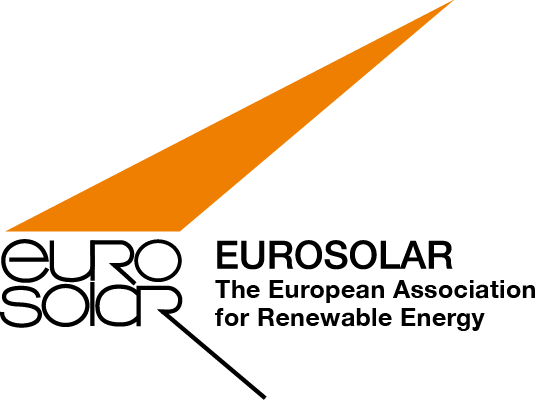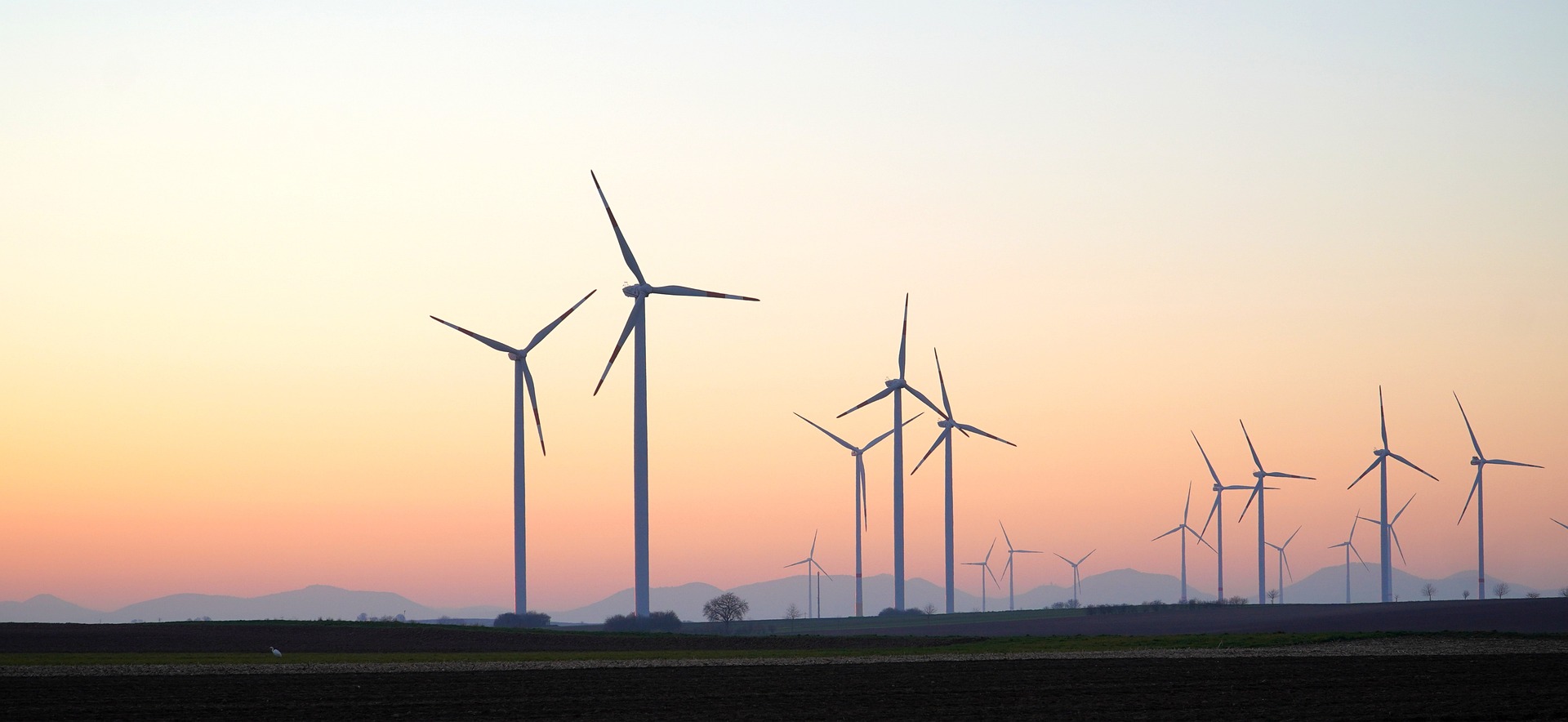Dear friends,
Two topics still occupy me at the end of the year:
1. buzzwords from “(double) whammy” to “relief” and “price brakes” to “shortage of skilled workers”.
I had already commented sufficiently on the “double whammy” and the hype about “relief” by means of counterproductive and unfairly distributed energy price brakes/caps. Now the industry associations are once again annoying with the alleged “shortage of skilled workers” and, as is so often the case with influential lobbyists, are meeting with the goodwill of the traffic light government, currently connected with the immigration and naturalization discussion.
In particular, the energy transition and thus climate protection are slowed down by the shortage of skilled workers, it is claimed like a mantra. At the same time, bureaucracy, which continues to proliferate even under the German coalition government, acts as a dominant impeding factor that could be eliminated easily and free of charge instead of escalating through more and more laws. In addition meanwhile the at present omnipresent price rise and the unfortunately growing gold digger mentality of the installation companies with sloppy offers and planning as well as overpriced standard installations.
Well, the shortage of skilled workers is not a fiction, but indeed a problem of the economy. But apart from demographic change, it is also to a large extent homemade. One could perhaps come up with the idea that we are training people incorrectly, i.e. – to put it provocatively – producing too many academically educated intellectual workers, and that young people are less and less inclined to make a physical effort at work or even to get their fingers dirty.
Much more essential, however, is the factor that workers of Zombie industries are kept artificially alive in fiscal intensive care: through government subsidies. It makes no sense at all to stop the feared job loss of allegedly 300,000 employees in the automotive industry by subsidizing internal combustion engines or hybrids – as is still the case at present – while almost as many skilled workers are missing in the solar and wind power industries, module, battery and e-motor production, in order to trigger the right “whammy”, instead of distributing non-existent tax money with a watering can and thereby maintaining fossil structures. Is retraining or the otherwise much-vaunted continuing education not an option here for providing employees with meaningful employment and possibly even establishing new business models at automotive manufacturers and suppliers?
Another reason for the shortage of skilled workers is a lack of flexibility. This applies both to a sliding retirement age – voluntary, of course – and to the best possible application of the division of labor practiced in our modern societies anyway. Just as the medical work of a hospital doctor should not be burdened with documentation tasks unrelated to the profession, or the nursing professionals should not be hindered in their core competence and task with organizational and simple supply/disposal tasks, a much improved division of labor would also be necessary among RE providers.
Why does a PV company have to supply complete systems, although several trades are actually involved and highly diverse competencies are required? The modules – including substructure or elevation as well as wiring of the strings according to plan using standardized connectors – are best done by the roofer. Or: an assembly line worker could be (re)trained in two days, as could be a motivated unemployed person. Skilled workers are then only needed under particularly difficult conditions on site and to train unskilled workers. This also applies to the assembly of an inverter and the installation of the battery. Only then does a trained electrician come in to wire the system according to the circuit diagram and connect it to the grid, ie put it into operation.
In this way, many examples could be shown where hands-on helpers support the few skilled workers to such an extent that they can realize much more throughput. After all, installing a PV system is not a manned mission to Mars. So, why don’t we seize the opportunity to provide the best possible relief to our precious skilled workers to provide the necessary capacity in the short term? In any case, waiting for sufficient immigration into the labor market, which does not make explicit training for these tasks obsolete, is not an option.
2. Support program for a “green” industry
If one were to name two core characteristics of the coalition government, wasting taxpayers’ money and servile energy acquisition abroad would be suitable candidates. The former is already revealed in the already discussed undifferentiated, unfair and counterproductive imposition of double whammy and energy price brakes, accompanied by numerous individual support measures that mostly exclusively satisfy lobby interests without significantly advancing the energy transition.
The latest ‘whammy’ initiative of the Minister of Economics and Energy, Mr. Habeck, is a support program for industry to convert to renewable energies and explicitly to hydrogen. The state compensates for the “differential costs” – a bottomless pit and a call to the industry not to “get going” with the transformation – not even in its own interest of increased competitiveness later on – but only to grab debt-financed tax money and keep its stakeholders happy.
At the same time, Mr. Habeck continues to go on the big gas and hydrogen buying spree in the world and establishes so-called “energy partnerships” with autocratic states such as Qatar, or currently with Namibia and South Africa, which are supposed to produce H2 for Germany and thus create new dependencies for Germany and the EU. For these sun- and/or wind-rich countries, it would first be advisable to supply themselves completely with renewable energy, instead of wasting it on H2 with low efficiency (increased by LNG production and transport) and – like South Africa – to continue to convert abundant coal into electricity.
Ultimately, this applies to ourselves as well. Why is “putting the cart before the horse”, i.e., putting the most difficult task with the lowest efficiency of making (process) hydrogen sufficiently available for industry first? The obvious and mostly cost-free measures to unleash RE even without explicit support through deregulation and de-bureaucratization, and to make the best use of it through cross-sector electrification and drastic efficiency measures, continue to fall by the wayside.
So, that was my closing statement at the end of the year (from Friday, I’m on vacation until New Year’s Day) – for my part, always practice-oriented, that is, where there is a lack of action – and not of goals. As a light on the horizon, the Deutsche Umwelthilfe (German Environmental Aid), for example, is suing against a number of political omissions. This I find excellent and worthy of support.
Also, before all are racing off to their holiday retreats: it is indeed shameful that the transport sector has not yet contributed anything to CO2 reduction. Even the oversized, extremely powerful E-SUVs, often charged with coal-fired electricity, are making their contribution and wasting resources through their long-distance battery capacities, while the electrification of compact vehicles with adequate battery capacity is lagging behind.
With best regards
Claus P. Baumeister

